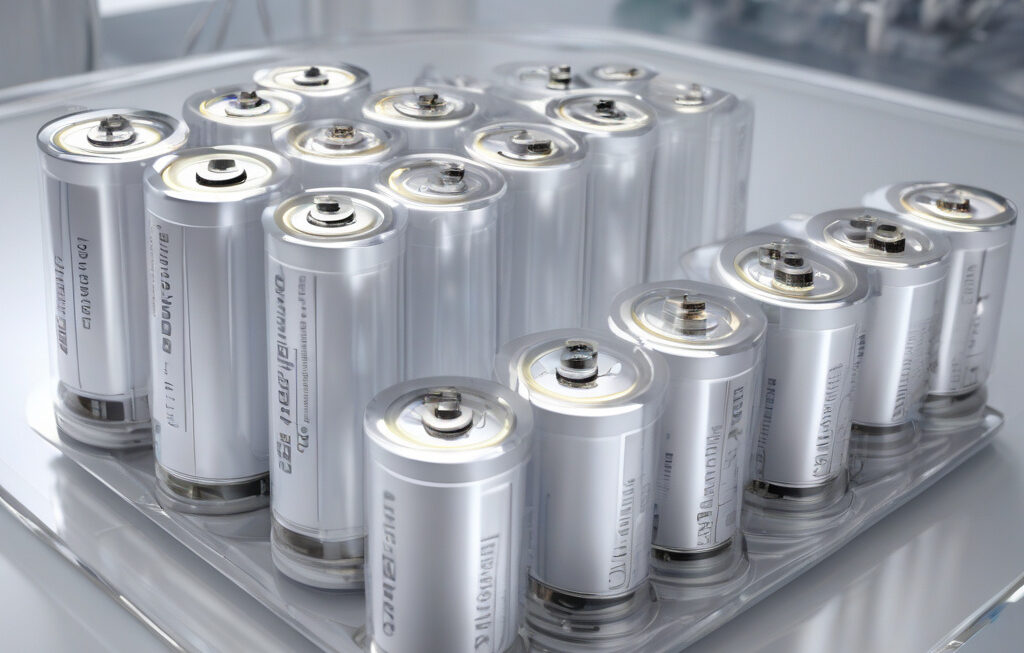Breakthrough Zinc–Iodine Battery Delivers 99.8% Capacity Retention After 500 Cycles
Scientists in Australia have developed a cutting-edge dry electrode for aqueous batteries that more than exceeds expectations. With the ever-growing demand for efficient and long-lasting energy storage solutions, this breakthrough in battery technology could revolutionize the way we power our devices.
The new zinc–iodine battery boasts an impressive 99.8% capacity retention after 500 cycles, setting a new standard for durability and performance in the energy storage sector. This level of retention far surpasses that of traditional lithium-ion batteries, which typically experience capacity degradation over time.
One of the key innovations of this battery lies in its use of a dry electrode. Unlike conventional batteries that rely on liquid electrolytes to facilitate the movement of ions, the zinc–iodine battery utilizes a solid-state electrolyte. This not only enhances the stability and safety of the battery but also contributes to its exceptional long-term performance.
Furthermore, the choice of zinc and iodine as the battery’s active materials offers several advantages. Zinc is abundant, low-cost, and environmentally friendly, making it a sustainable alternative to the rare and expensive materials used in lithium-ion batteries. Iodine, on the other hand, enhances the battery’s energy density and overall efficiency.
In addition to its impressive capacity retention, the zinc–iodine battery exhibits fast charging capabilities, making it suitable for a wide range of applications, from consumer electronics to renewable energy storage. Its scalability and cost-effectiveness also position it as a promising candidate for large-scale energy storage systems, such as grid-level applications.
Moreover, the durability of the zinc–iodine battery makes it an ideal solution for devices that require long-term reliability, such as medical implants and remote sensors. With its ability to withstand hundreds of charging cycles without significant degradation, this battery technology opens up new possibilities for powering devices in various industries.
The successful development of the zinc–iodine battery underscores the importance of continuous research and innovation in the field of energy storage. As the demand for high-performance batteries continues to grow, researchers and manufacturers alike are driven to explore new materials and technologies that can push the boundaries of what is possible.
In conclusion, the breakthrough zinc–iodine battery represents a significant advancement in the quest for efficient and durable energy storage solutions. With its exceptional capacity retention, fast charging capabilities, and sustainable materials, this battery technology has the potential to shape the future of power generation and consumption.
#ZincIodineBattery, #EnergyStorage, #BatteryTechnology, #Innovation, #Sustainability












